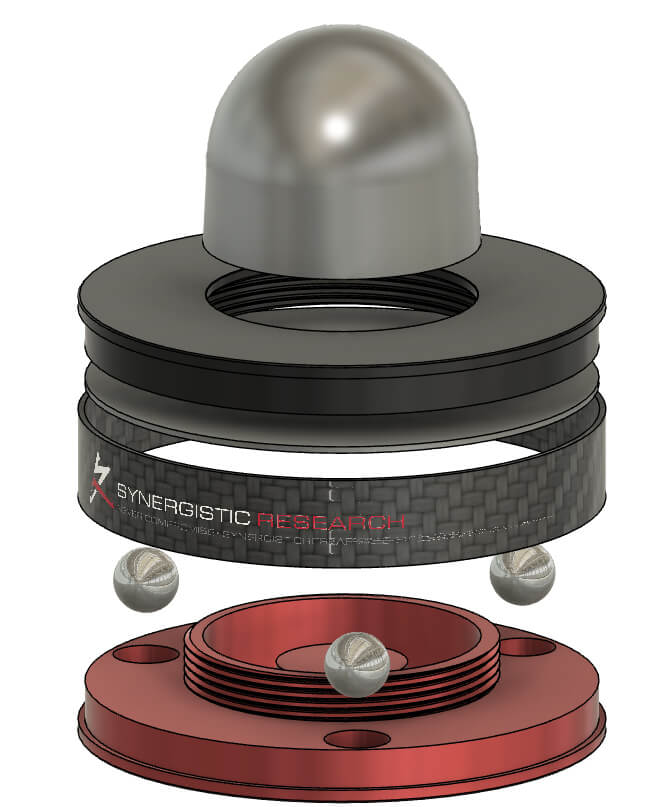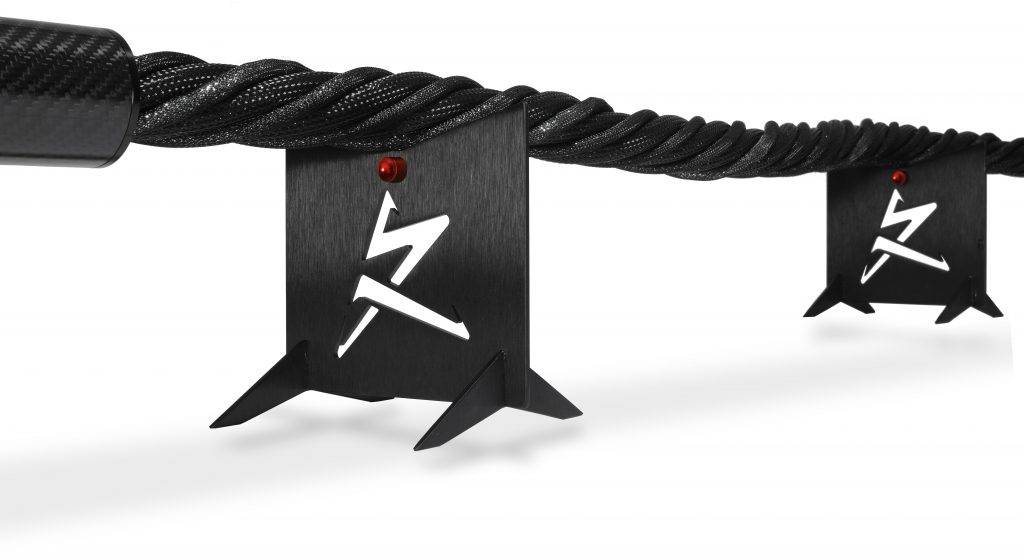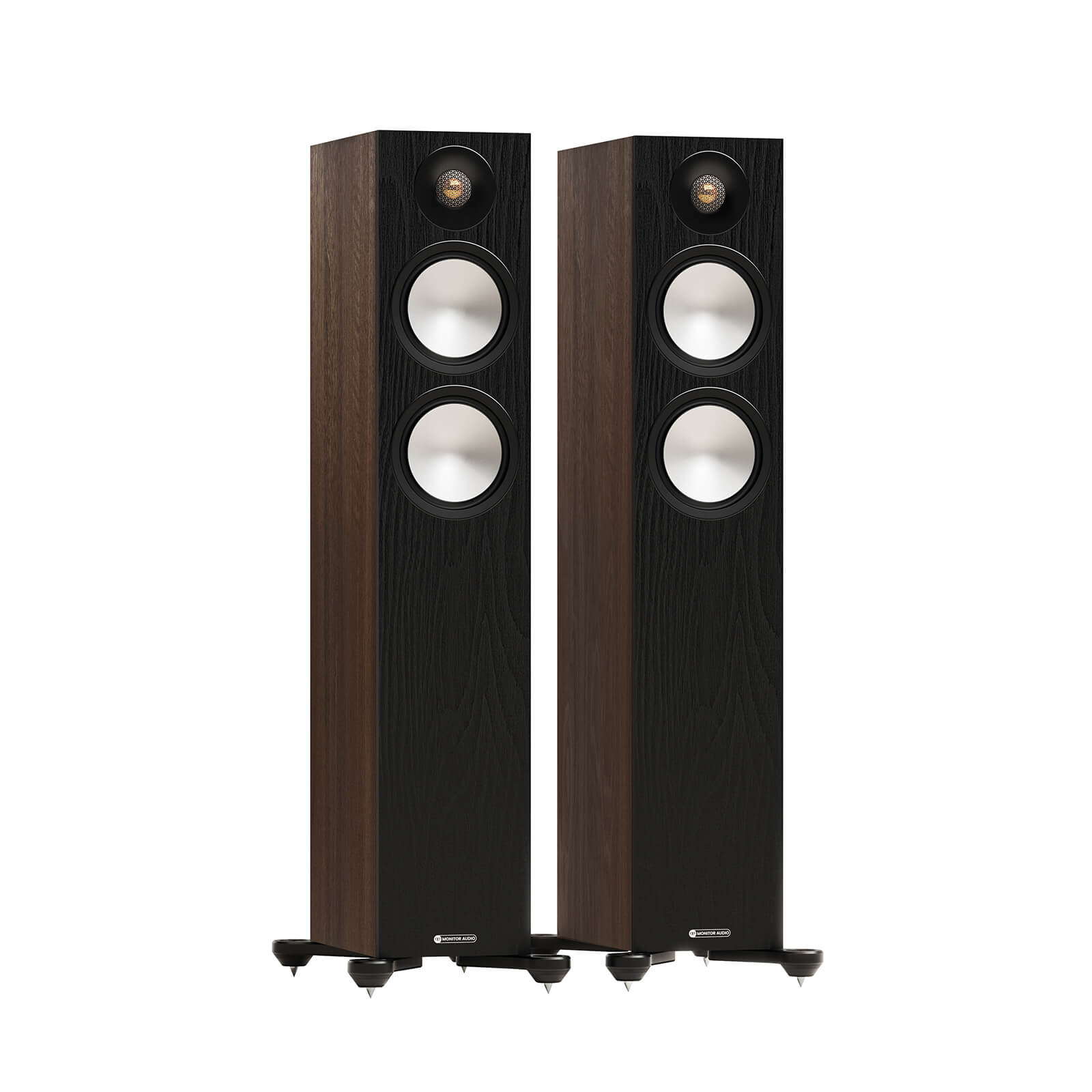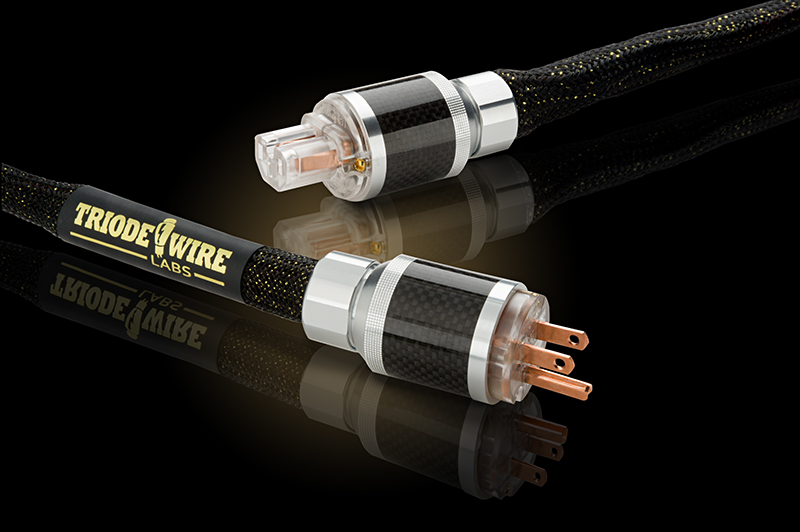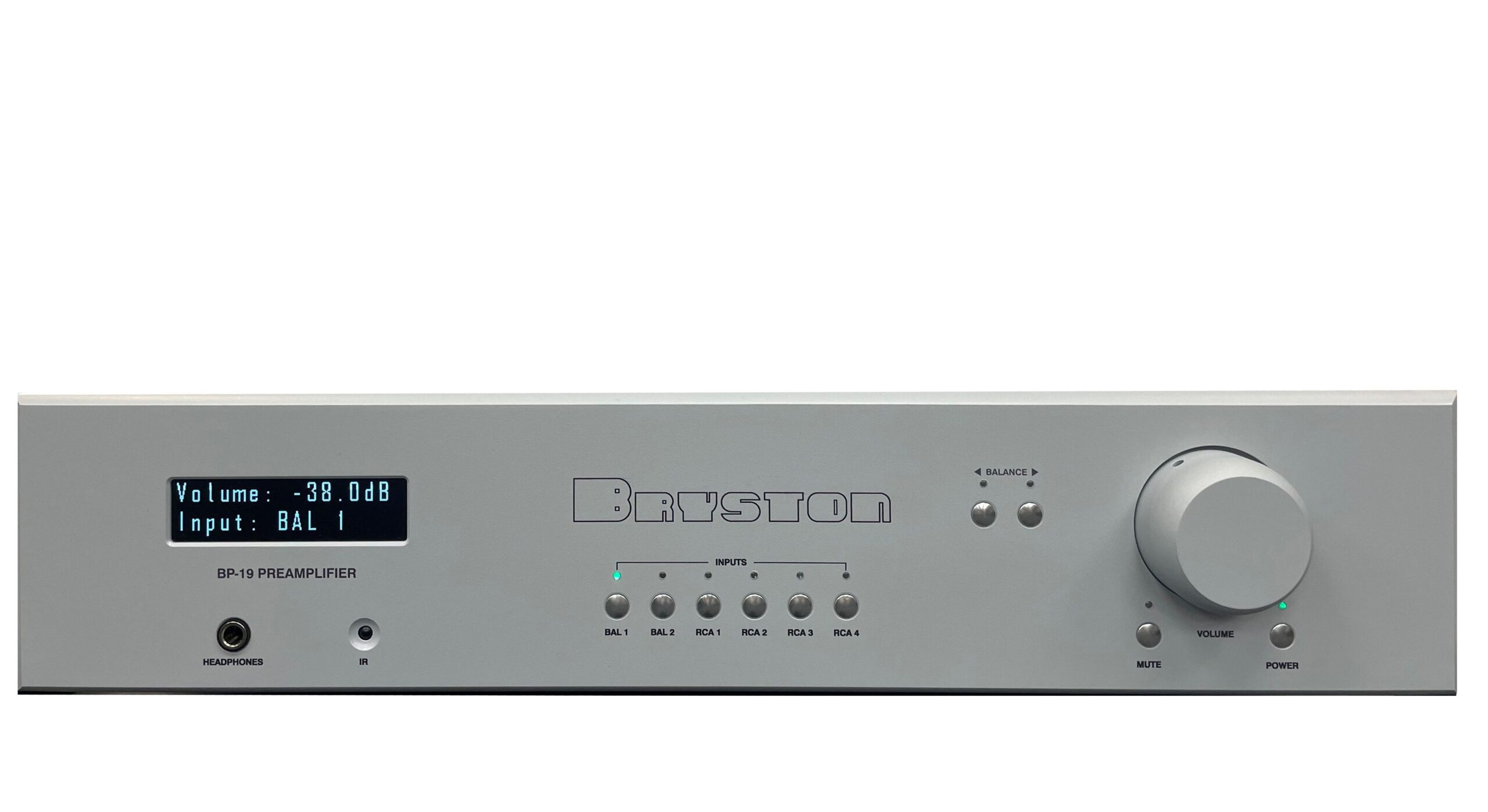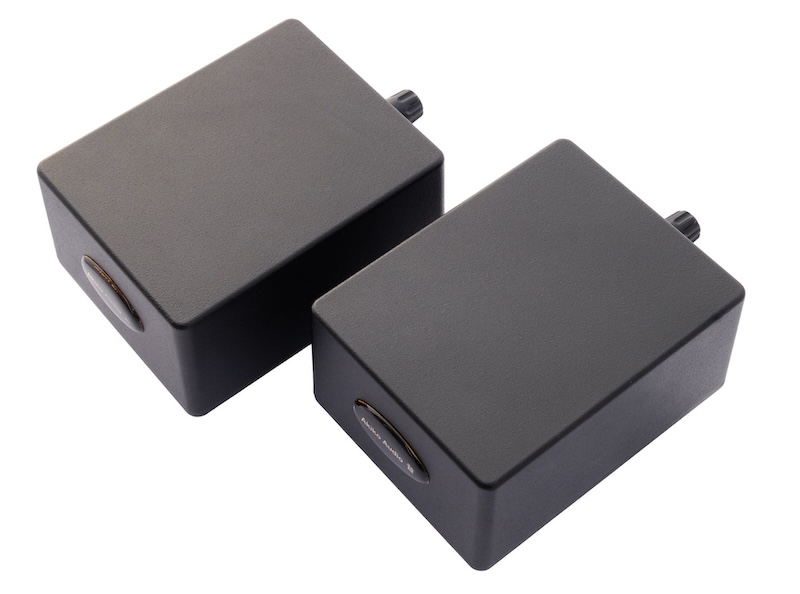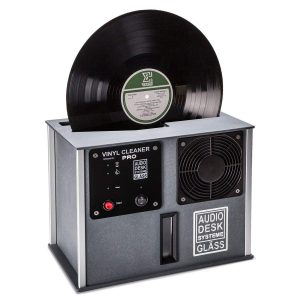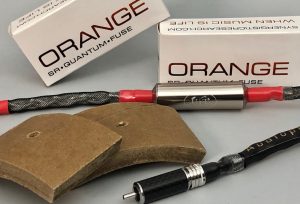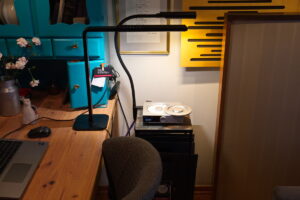I have come across a few skeptics in the audiophile community who subscribe to the notion that footers do not make much of a difference to the performance of audio gear. To them, I love relating details of a historical sporting event where footers, or in this instance, shoes, made all the difference to the outcome of the event. Although the analogy may be imperfect in this case, because it is not related to audio, it does help me get my point across in an interesting and entertaining way.
This event is the soccer final of the 1954 FIFA World Cup hosted by Switzerland. The finalists were West Germany and Hungary. The fact that Hungary were, at the time, regarded as the world's best team by far, and the fact that they totally demolished West Germany by 8 goals to 3 in the group stages, made them the overwhelming favorites to win. However West Germany had a secret weapon that the Hungarians did not know about—the world's first soccer boots that had screw-in studs, which allowed studs of various lengths to be affixed to the boots based on the weather conditions. Hitherto, soccer boots had fixed length studs. This innovation was developed by Adolf (Adi) Dassler, a German cobbler, inventor, and entrepreneur, who founded the world renowned Adidas Company.
As fate would have it, a few minutes into the final, it started raining, which made the pitch muddy. At that point, the West German team switched to longer studs that gave them exponentially more traction on the slippery pitch, and so while the Hungarian players kept slipping and sliding all over the place in their mud-caked boots, the German players were able to keep their footing, and that made all the difference on their famous 3-2 win that made them world champions.
Although the world has undergone great transformation since 1954, the laws of physics have not changed, and so in my opinion, the quality of footers continue to make a difference. be it on the soccer pitch or under audiophile gear. It was therefore with great enthusiasm, that I welcomed an invitation from Andy Wiederspahn of Synergistic Research to review their new MiG SX Isolation Footers and UEF Cable Risers.
The MiG SX Footers are a descendant of the original SR footers introduced in 2008. They feature a new purpose-tuned resonator made out of high carbon steel, aircraft grade aluminum, and a three-piece carbon fiber chassis designed to distribute vibrations through a tuning disc, and a tuning element, into carbon tungsten ball bearings. Synergistic Research experimented with bearings made from stainless steel, brass, and aluminum before settling on carbon fiber, which in their double blind tests, delivered the best performance.
During the process of designing the MiGs, Synergistic Research found that soft tuning rings over-damped the sound and sucked the life out of reproduced sound, whereas metals did not have this disadvantage. However, every metal has its own performance characteristic, and so they tried various permutations and combinations before arriving at a design that draws vibrations away from the component, thereby allowing the component to deliver the desired improvement in image, focus, and clarity in double blind tests.
Synergistic Research recommends three MiG footers per component, and as with many of their other products, the MiGs give you a tuning option; you can opt for ambient or pinpoint performance based on whether two of the three footers have their round side up and one with the round side down or vice versa.
Moving on to the UEF Cable Elevators, these are made out of aluminum. According to Synergistic Research, they experimented with various other materials including wood, ceramic and Plexiglas, but ultimately settled on aluminum because it proved to be the most musical and delivered the most neutral tonal balance, best lower frequency weight, and high frequency air. Each UEF Elevator has a red HFT embedded in it to improve the performance by interacting with the cable's electro magnetic field. Synergistic Research tried all the variants of their HFTs, and in double blind tests they found that their red HFT delivered the most musically satisfying performance.
I installed three sets of MiG footers below my Ayre CX-7e CD player, my Calyx Femto DAC, and my Triangle Art Concerto turntable. In all three cases, I much preferred the pinpoint configuration with the round side down for two of the footers, and up in one of them. Since the Concerto turntable is a modular configuration with the spindle, arm, and motor on three separate towers, I used a Black Diamond Racing Shelf for Source platform and placed the three MiGs below this platform.
I involved two other audiophiles, whose golden ears I trust, to help me audition these two tweaks from Synergistic Research. Right from the get-go we were able to detect improvements to the sound that are common to all three components. The sound is cleaner, more focused and flows with more ease. It is quite evident that the fatigue factor is reduced quite significantly. In the case of the Ayre CD player, when we played Greg Brown's Freak Flag album, Greg's very distinct gritty voice came through with more presence and body, and his guitar strums have more tonal purity than before.
On the Triangle Art Concerto turntable, we were already aware of the positive difference that the Black Diamond Racing Shelf for Sources makes, but when the MiG SX Footers were added, we did detect that another veil of haze has been removed. When we played Pink Floyd's The Final Cut, the incredible arrangements of this iconic band took on a more three dimensional characteristic, which made the listening experience a lot more enjoyable. The voices have a lot more presence and body and the dynamic contrast was kicked up a notch.
With the addition of the Synergistic Research MiG SX Footers, the already exceptional performance of my Calyx Femto DAC was kicked up a notch with sound that was more relaxed and with more meat on the bones, so to speak. To my ears, the Calyx Femto is still one of the best DACs I have ever heard and the MiG SX Footers proved that even with this very high level of performance, there was room for improvement with the right footers.
At first blush, the difference made by the Synergistic Research UEF Cable Elevators was relatively modest, however we only realized the extent of their positive contribution once we removed them from the equation. That is when we realized that these elevators did contribute to a tightening of the bass and a smoothing of the high frequencies.
At $995 for a set of three footers, the MiG SX is hardly chump change, so to gauge if they are worth the asking price, the best option is to order one set and try them out on your various components before making a decision on a component specific basis. Fortunately, Synergistic Research have a very generous return policy wherein if you are not satisfied with their performance you can return them for a full refund, no questions asked. Based on our first hand listening experience, these footers are well worth the price of admission in all three cases; the Ayre CD Player, the Triangle Art turntable and the Calyx Femto DAC.
As for the UEF Cable Elevators, the sound quality improvement that they delivered was modest, but then so is their price of $399 for a set of four. Here again, you have nothing to lose and everything to gain by availing of Synergistic Research's generous return policy. This is one product, where the difference is very dependent on the cables you use. The cables I use are in the 5-figure price category and have excellent shielding from RFI and EMI. I suspect that the UEF Cable Elevators will make a more pronounced positive difference with cables where the shielding is not the best that it can be, so it does not hurt to give them a try, especially given their relatively affordable price.
Synergistic Research MiG SX Footers
Retail: $995 for a set of three
Synergistic Research UEF Cable Elevators
Retail: $399 for a set of four
Synergistic Research




